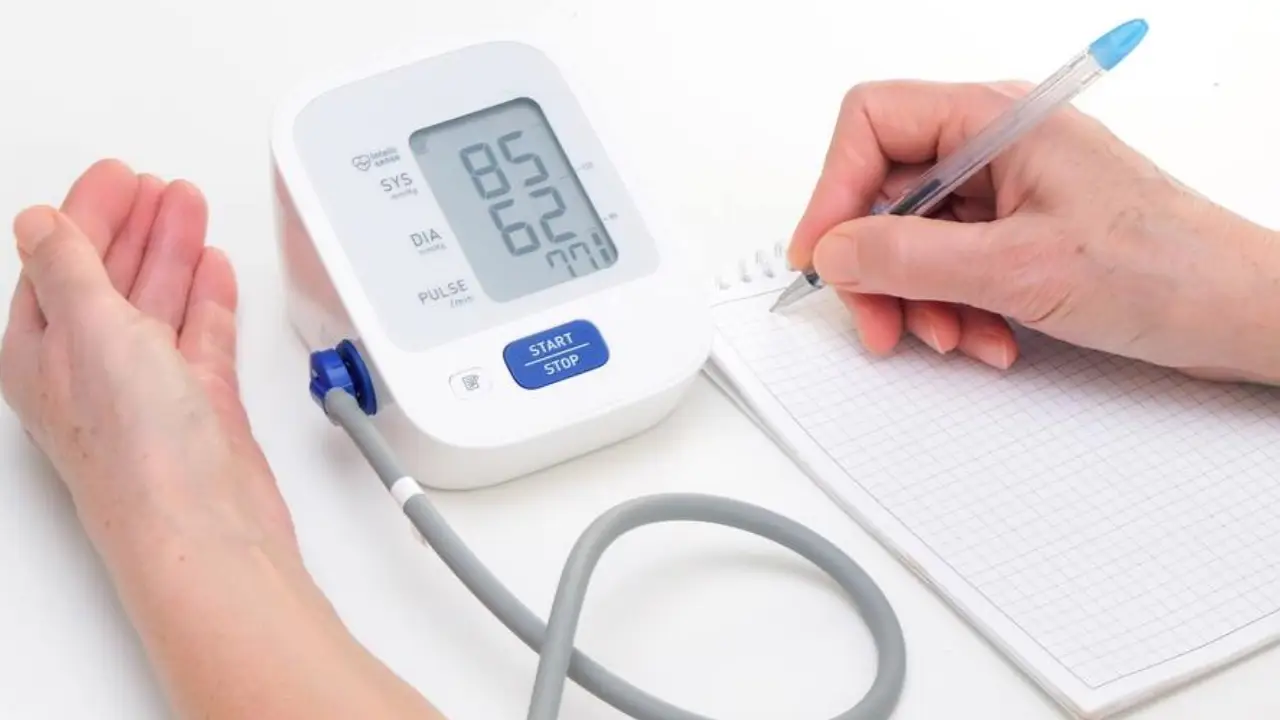Have you ever wondered what those two numbers your doctor calls out during your check-up mean?
Understanding your blood pressure readings is crucial for maintaining good health and preventing potential cardiovascular problems.
The Basics: Systolic and Diastolic Pressure
- Blood pressure is measured using two values: systolic pressure (the top number) and diastolic pressure (the bottom number).
- Systolic pressure represents the force when your heart contracts and pumps blood into the arteries, while diastolic pressure is the force when your heart relaxes between beats.
- The readings are typically expressed in millimeters of mercury (mmHg).
The Ideal Reading and its Implications
- A healthy blood pressure reading is usually around 120/80 mmHg.
- However, individual variations are normal.
- A consistent reading above 130/80 mmHg may indicate hypertension (high blood pressure), putting you at higher risk for heart disease, stroke, and other health issues.
Understanding your blood pressure readings is crucial for maintaining optimal health and preventing serious cardiovascular issues. So, take those numbers seriously, consult your doctor regularly, and take action towards a healthier lifestyle.
References:
- Mayo Clinic. (2021). Hypertension (high blood pressure). Mayo Clinic. https://www.mayoclinic.org/diseases-conditions/high-blood-pressure/symptoms-causes/syc-20373410
- American Heart Association. Understanding Blood Pressure Readings. American Heart Association. https://www.heart.org/en/health-topics/high-blood-pressure/understanding-blood-pressure-readings

